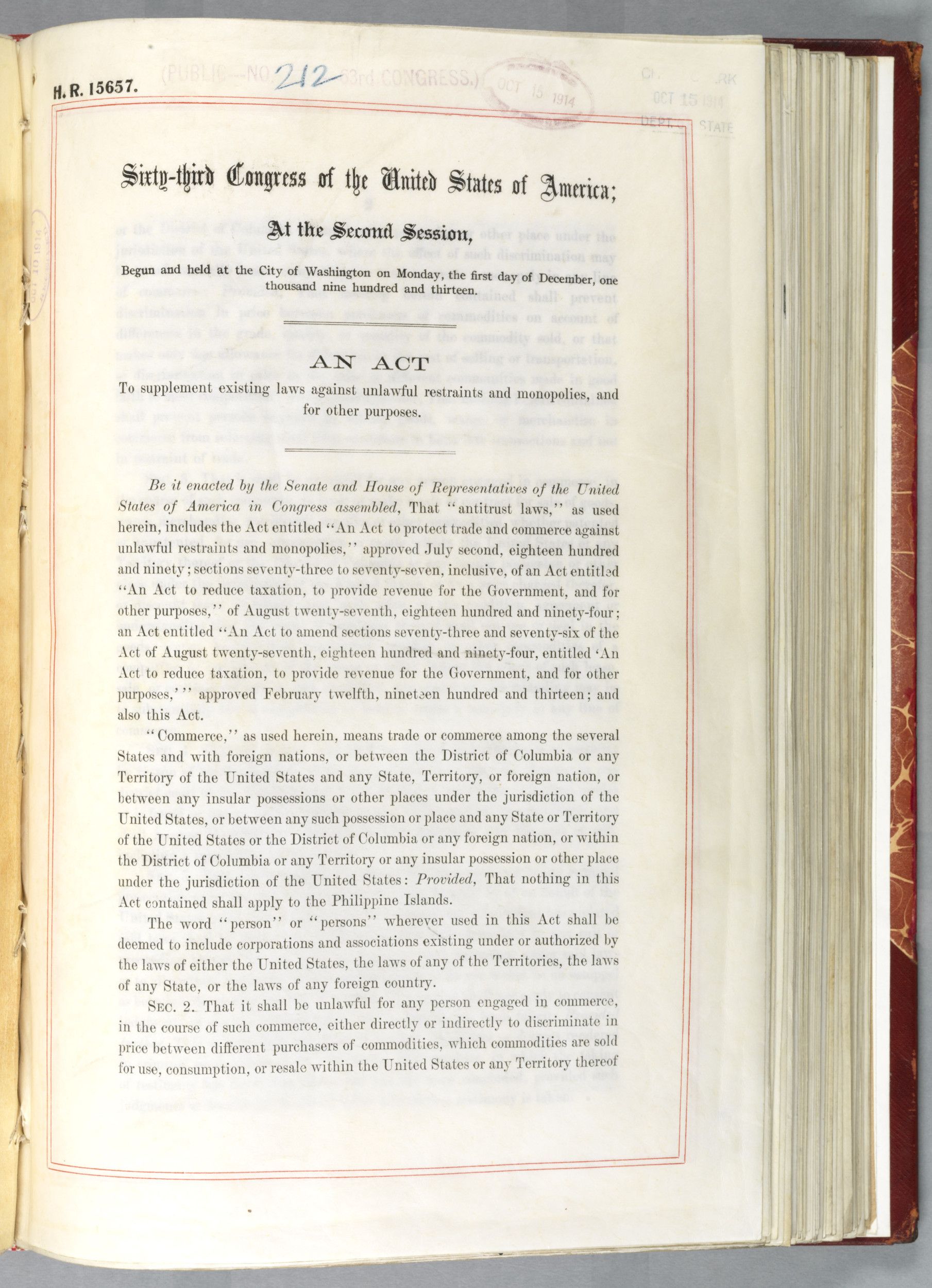The Fair Labor Standards Act relates to the Keating-Owen Child Labor Act because both regulate labor and make for more fair and humane working conditions.
Keating-Owen Child Labor Act Summary: After the 1900 census revealed that 2 million children were working in factories, mines, fields, and stores across the country, the nation was outraged. Social workers and other prominent individuals began to condemn the treatment of children in workplaces given its negative effect on their health and over all well-being. The Keating-Owen Child Labor Act was passed in response to this outcry for a solution. The act established the age of 14 as the minimum for work and 16 as the minimum for work in mines. In addition, children could only work a maximum of 8 hours per day. Unfortunately, the Supreme Court declared this law unconstitutional in the Hammer v. Dagenhart case. The Supreme Court ruled that the government did not have the right to regulate commerce. An amendment was proposed in the 1920's regarding child labor which also failed. Finally, in the 1940's the Supreme Court reversed their ruling. This decision stands today.


